My friend Paulo Pinto from Colorless Impressions has become a great Fuji X system enthusiast; so much that he decided to sell all his Canon gear and really invest in the new system. We’ve had long conversations about the pros and cons of different systems and why he made the change. His reasoning is very clear: he now always carries his gear with him since size and weight are not a problem, image quality is great, and the Fuji cameras are just fun to use.
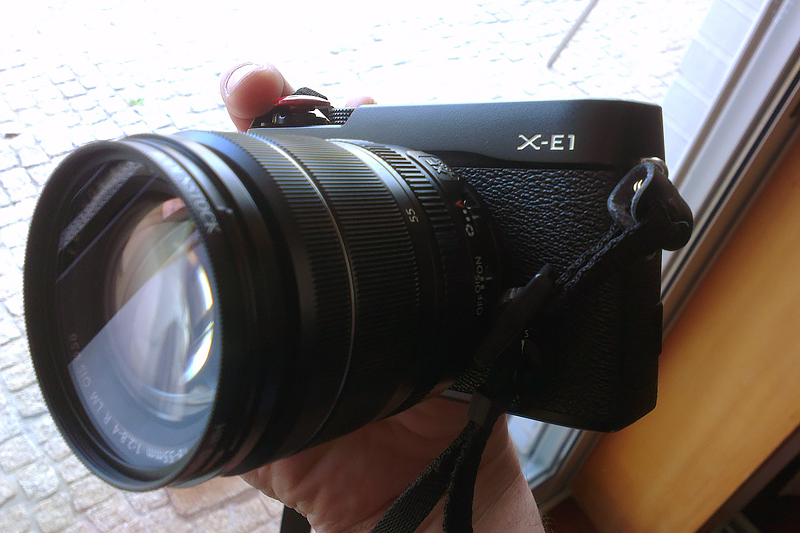
I have always been reluctant about mirrorless systems until now. Size didn’t seem like enough of a reason to consider it; and image quality, quite frankly, wasn’t there. But, that seems to have changed. Paulo invited me to try his Fuji X-E1 with the Fuji XF 18-55 F2.8-4 R OIS lens for a few hours. Here’s what happened.
Note: this isn’t intended to be a scientific test. There are awesome sites where you can read mathematically precise reviews. This is just my own take and experience with the Fuji X-E1 on a relaxed shoot. Images in this article are resized, but otherwise straight from the camera. No sharpness is applied, and they are saved at 95% quality. 100% crops are provided.
The first impression I got when I held the camera was related to its size and build. While it feels sturdy and well-built, it’s unbelievably light compared to the DSLRs I’m used to. This isn’t too surprising; it even raised a few suspicions. 🙂
Even though I’m used to larger cameras, the X-E1 didn’t feel strangely small in my hands. The menu navigation was easy and the “Q” (quick menu) button gives you access to quick tweaks like film simulation, image quality (RAW, JPEG, etc.), white balance, sharpness, saturation and so on. The operation is a bit different from what I’m used to, but it’s a breeze to use and it felt comfortable after a short time. I actually like the fact that it implements aperture setting in the lens. The speed and exposure compensation dials on the top, while not as easy to use as expected with the camera up to your eye, were simple enough to tweak exposure while shooting. The fact you have a perfect preview of your exposure really eases the shooting process. The EVF and LCD proved very reliable for image preview in terms of luminosity and color.
Focus peak – a high contrast outline around focus areas while manually focusing – coupled with image magnification on the EVF (or back LCD) make the process of acquiring focus manually much easier than expected. The X-E1 grows on you and gets more and more enjoyable as you get familiar with its particular usage.
Knowing I was about to “test” the X-E1, I did my homework and read a few articles about it so I knew exactly what to look for. Yes, the EVF has some lag. Yes, the focus isn’t perfect. I compared it side-by-side with the X-T1 and they definitely aren’t in the same league. That said, after 15 minutes of using the X-E1, I didn’t even notice these supposed drawbacks. Composing and getting the right exposure was very easy. On screen, color seemed rich and detailed. It was a good start.
First, we visited Campo da Ataca, the legendary place where the battle of S. Mamede is supposed to have happened. This was the place where the first king of Portugal, D. Afonso Henriques, fought his mother, who wanted to hand the lands to the Spaniards – no hard feelings, my Spanish friends 🙂 Today, there’s a monument commemorating this historic event, and that was the first subject of our shoot.
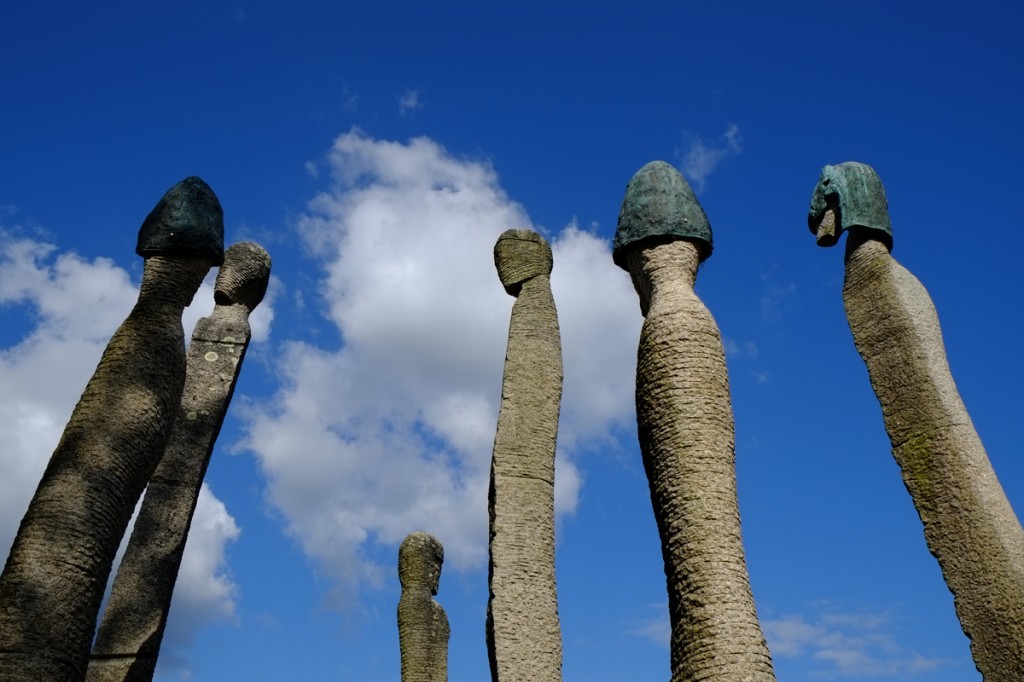
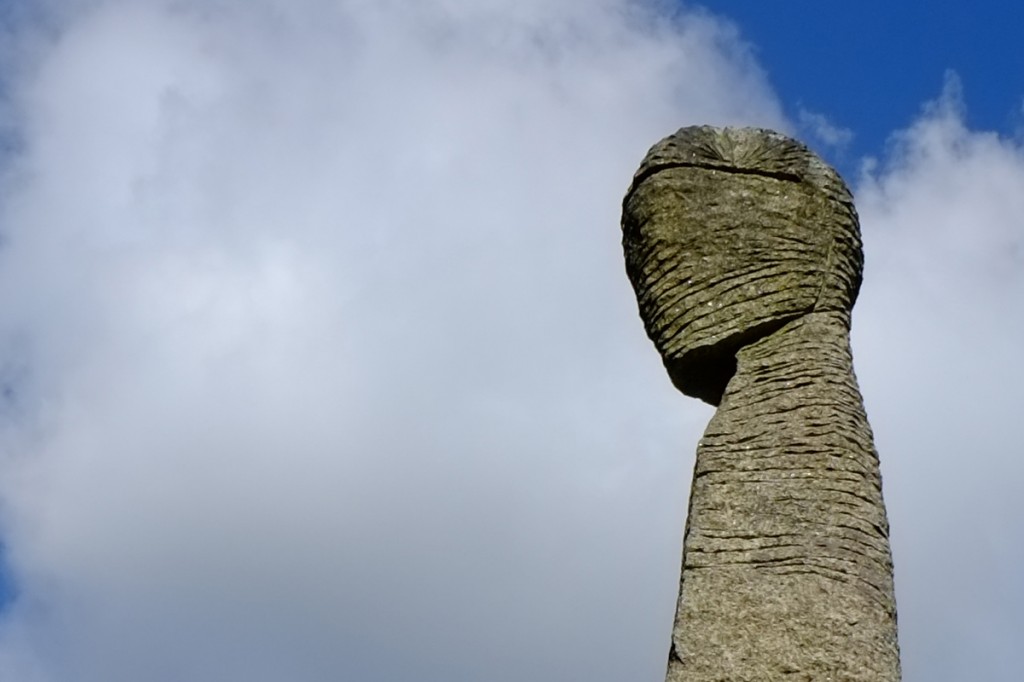
It was a bright day and the X-E1 had no problem focusing in these conditions. The fact that you have a preview of how the final image will look before you take the shot gives you great freedom, and it’s kind of relaxing. As I observed later, the EVF and LCD are very precise in terms of color and contrast; it’s really WYSIWYG (what you see is what you get).
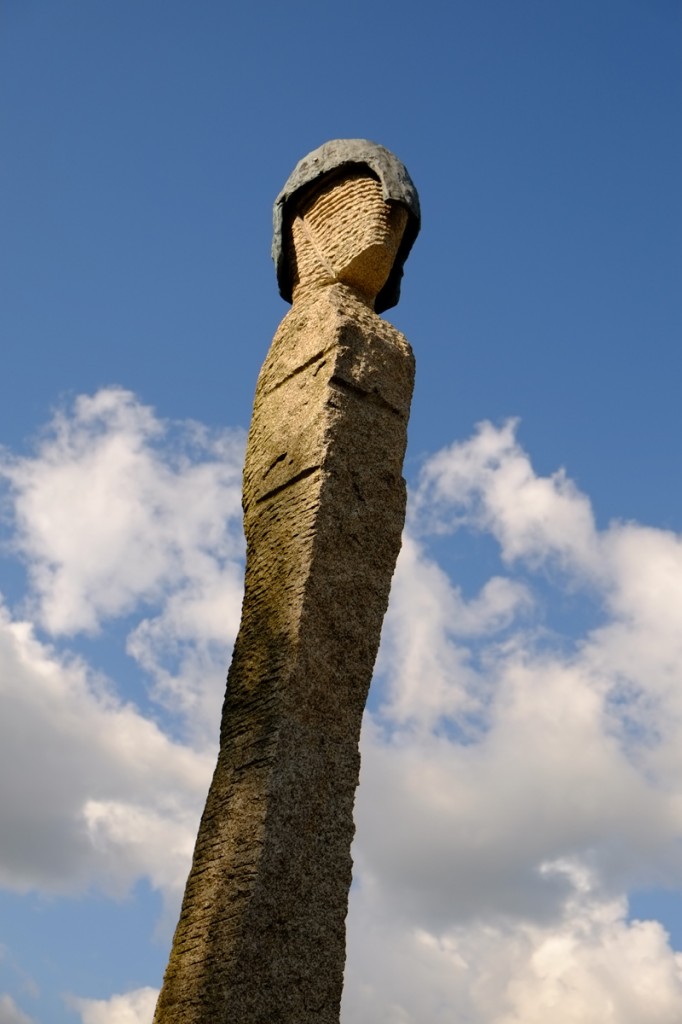
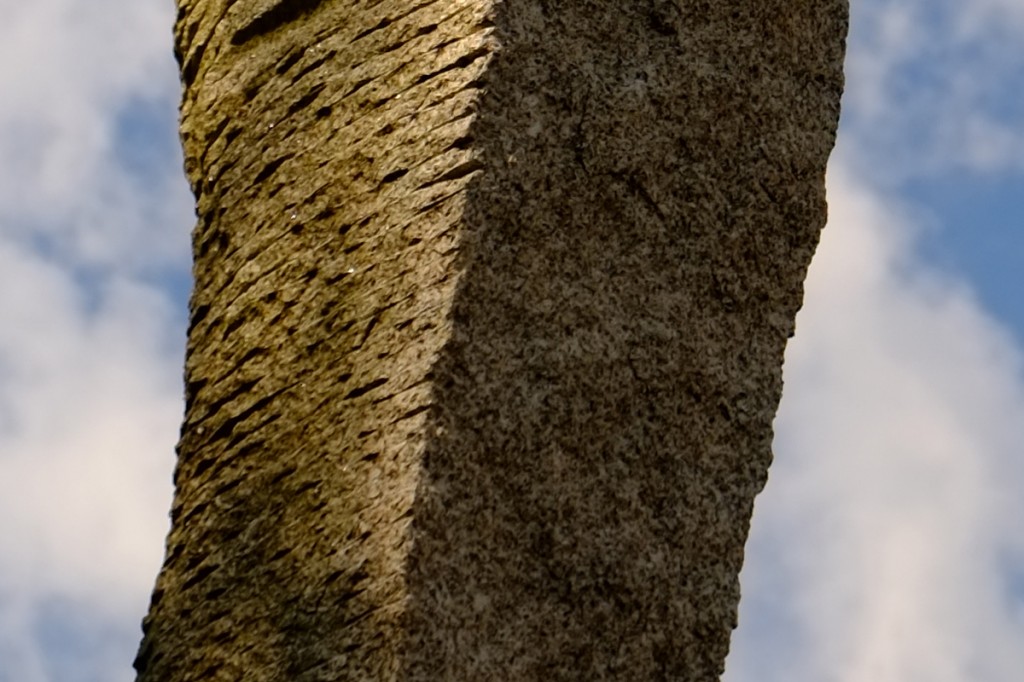
After this, we took a short trip to S. Torcato, where a magnificent church stands. There was not much light inside – just the sun’s rays beaming through the monument’s stained glass. The Fuji X-E1 had no problem focusing; and I could comfortably shoot handheld, using auto ISO set for 200-3200 with a minimum speed of 1/60. The Fuji is also silent, so I went unnoticed.
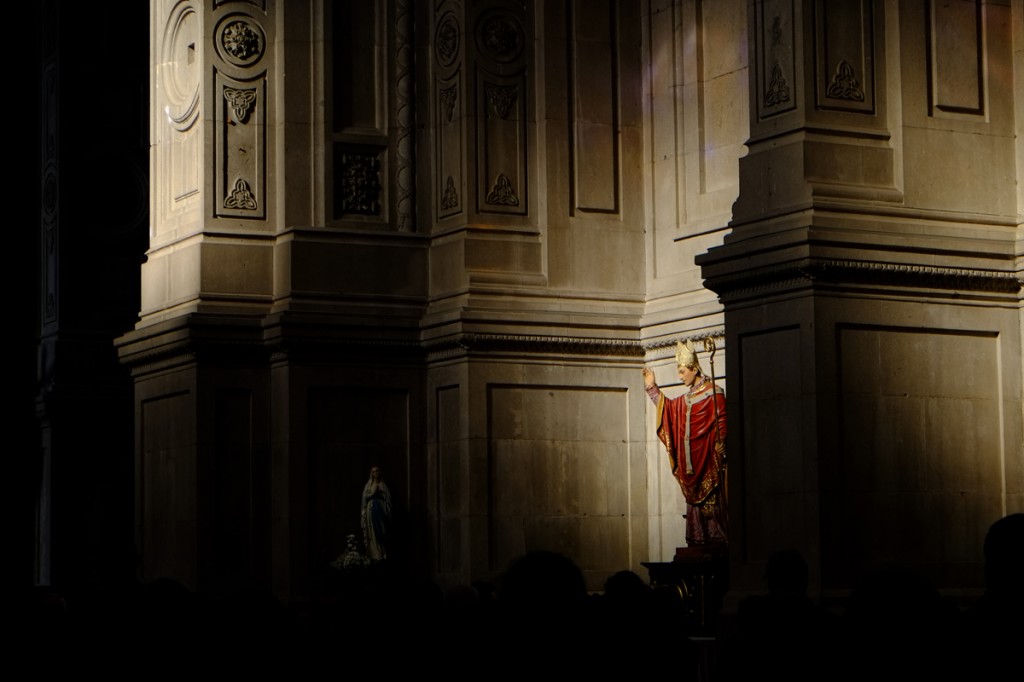
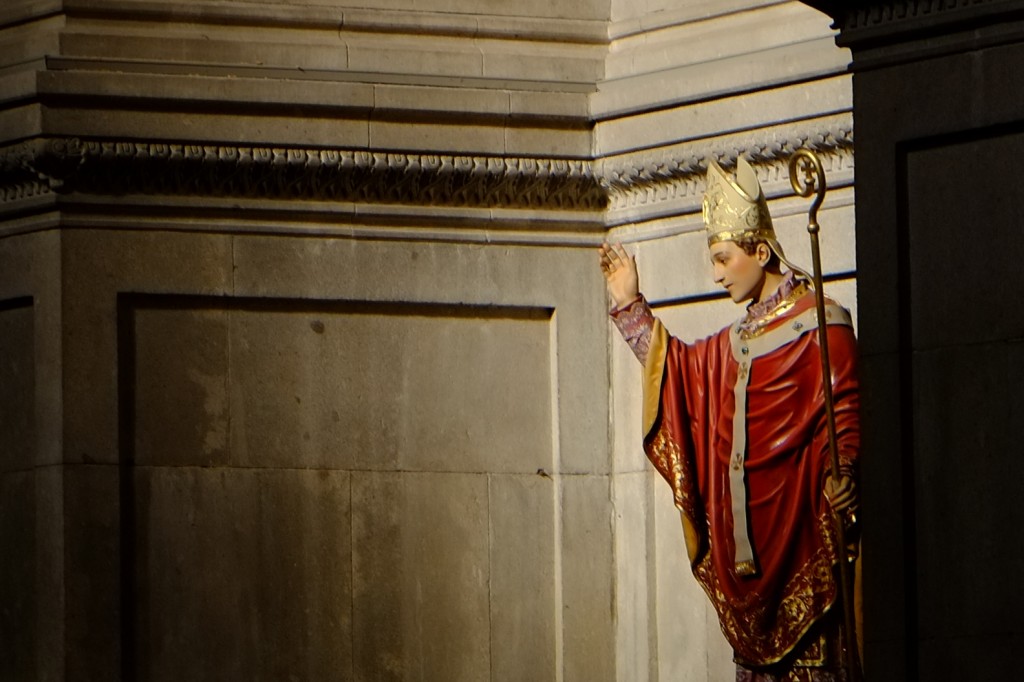
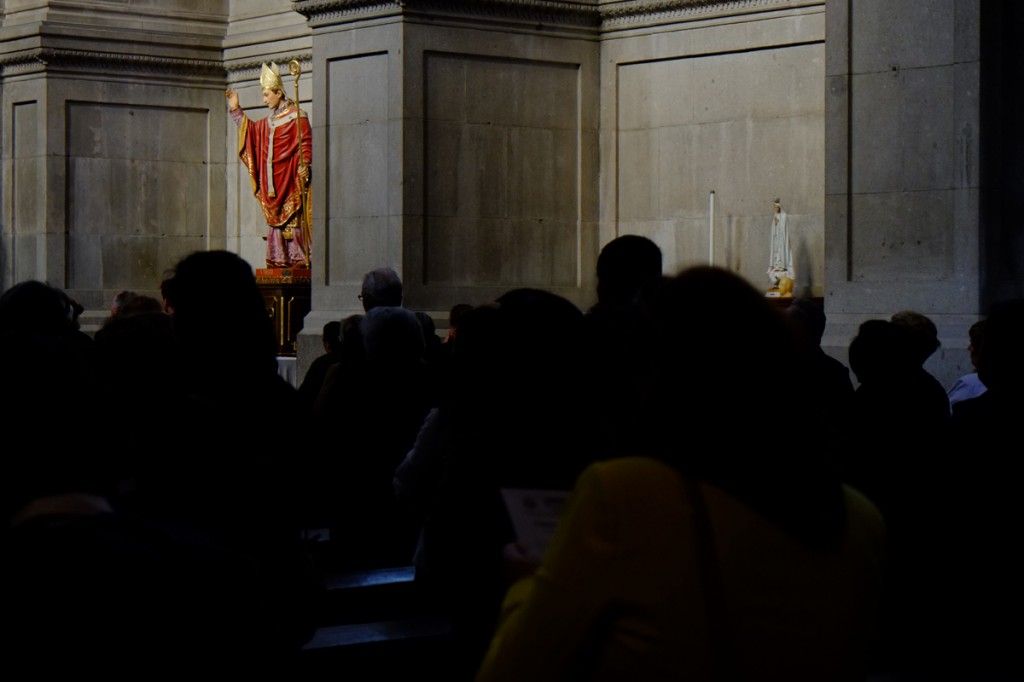
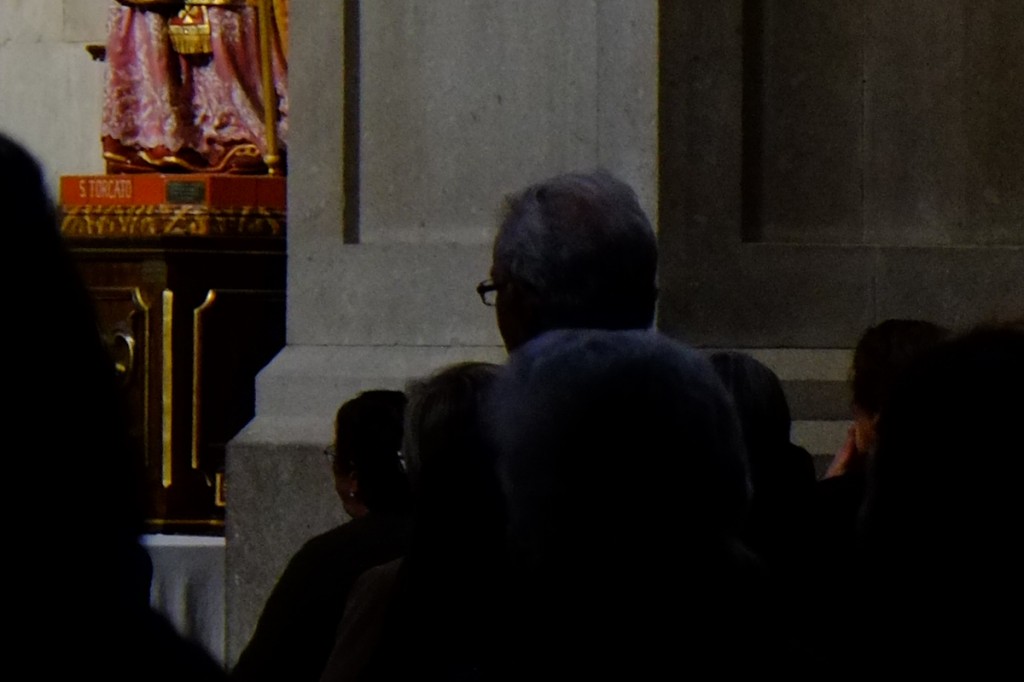
After a few more shots outside and a few attempts in macro mode, the Fuji didn’t show anything I could be disappointed about. I was sold. All that Paulo had been sharing with me started making much more sense. This is a camera I could bring with me anywhere and shoot with no major limitations.
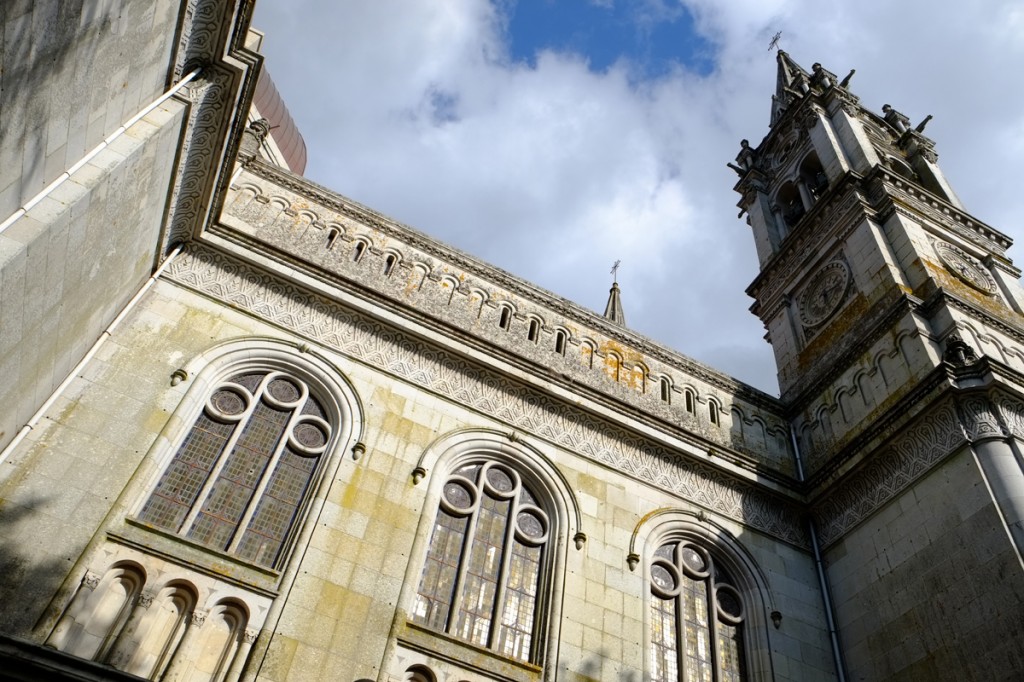
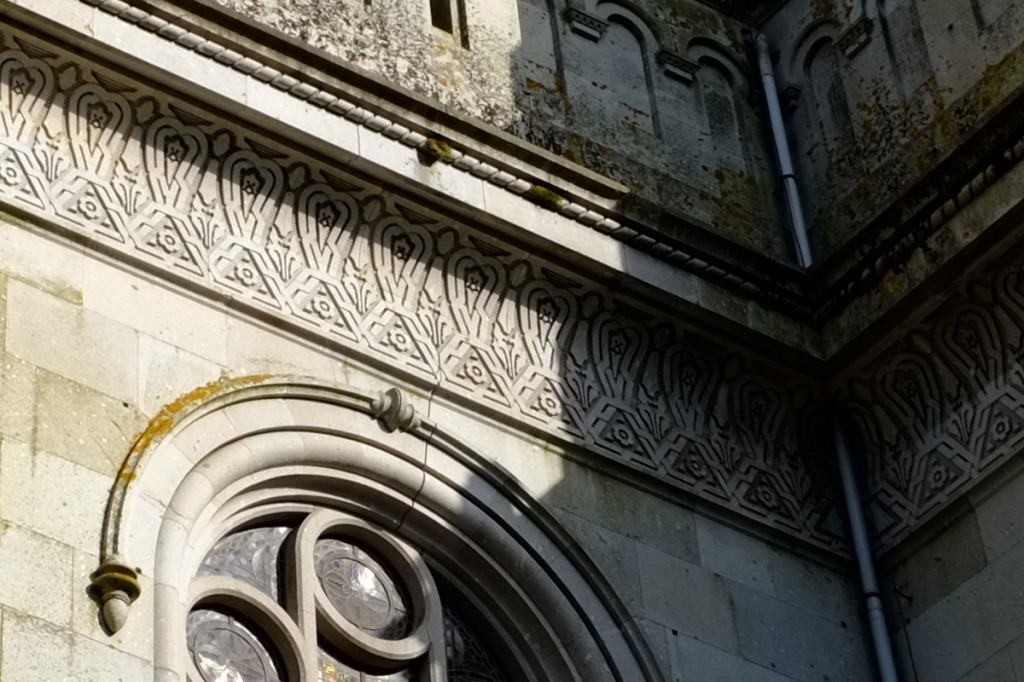
The dynamic range is also a strong point of the little Fuji. Detail is good, even in high contrast images.
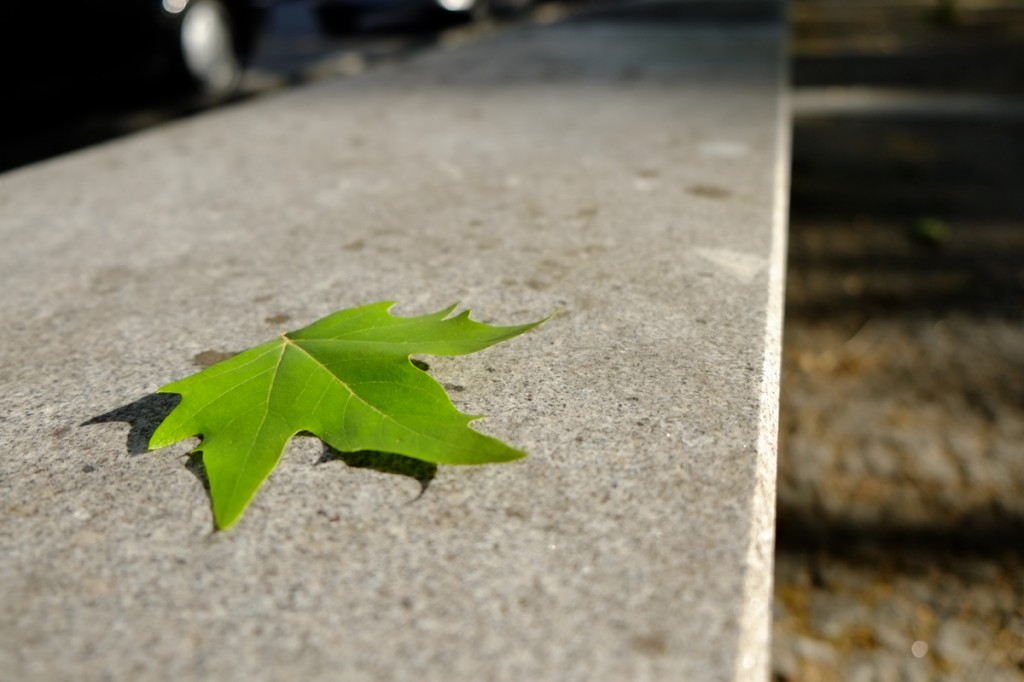
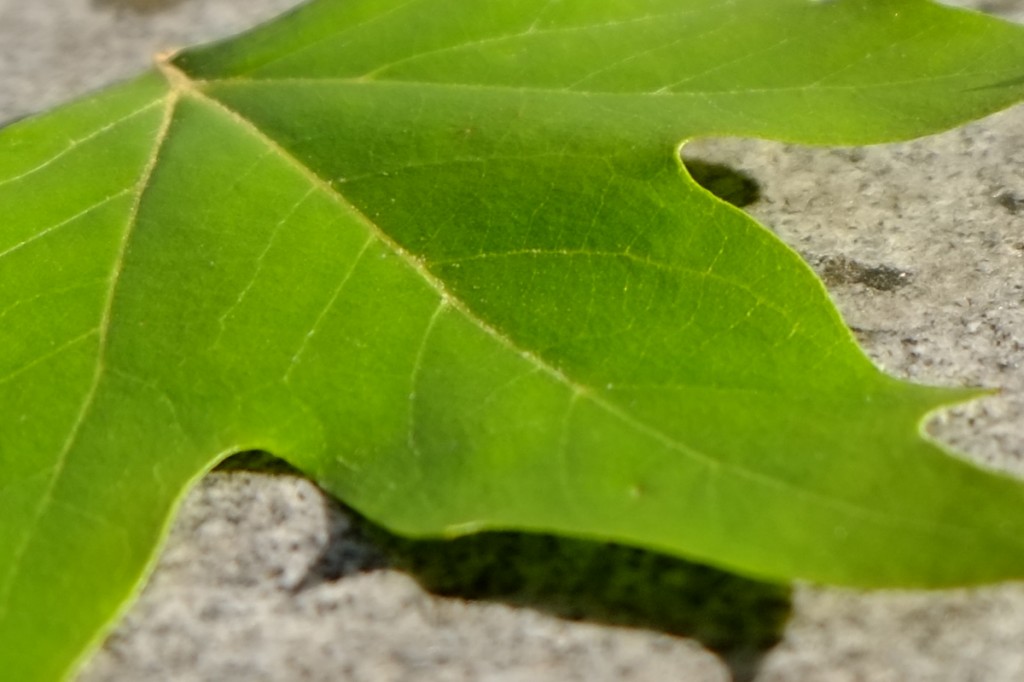
I shot entirely in JPEG and mostly used the Velvia film simulation. I like the punchy colors and contrast it offers. Also, I was advised Fuji’s jpeg files were that good – and indeed, it delivered. When I opened the files after I got home, I was surprised by how much detail was captured and how clean the images were.
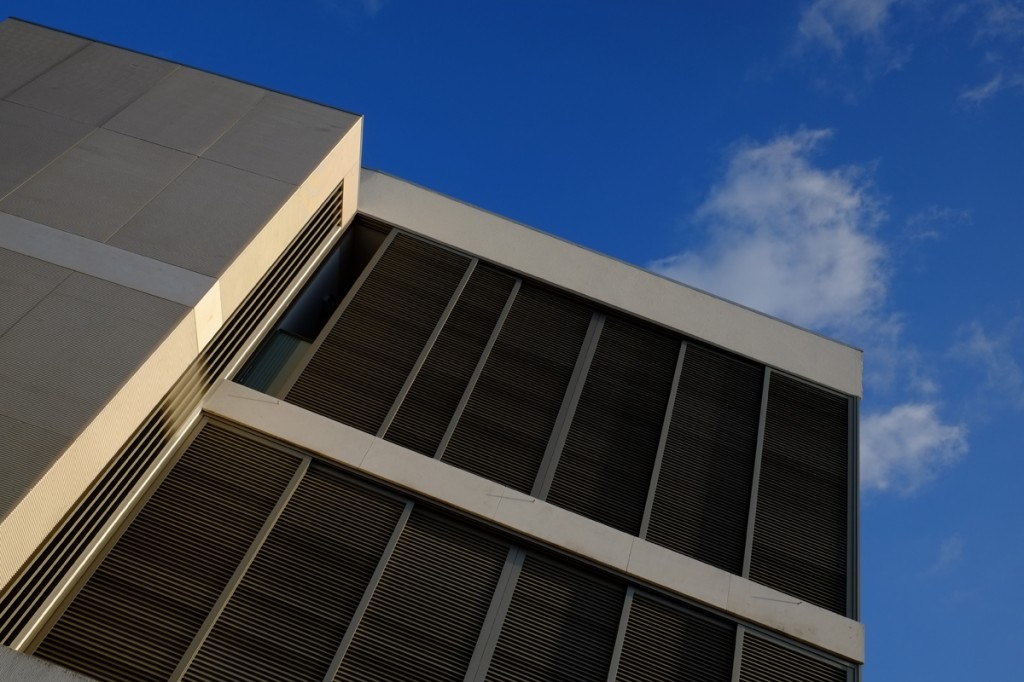
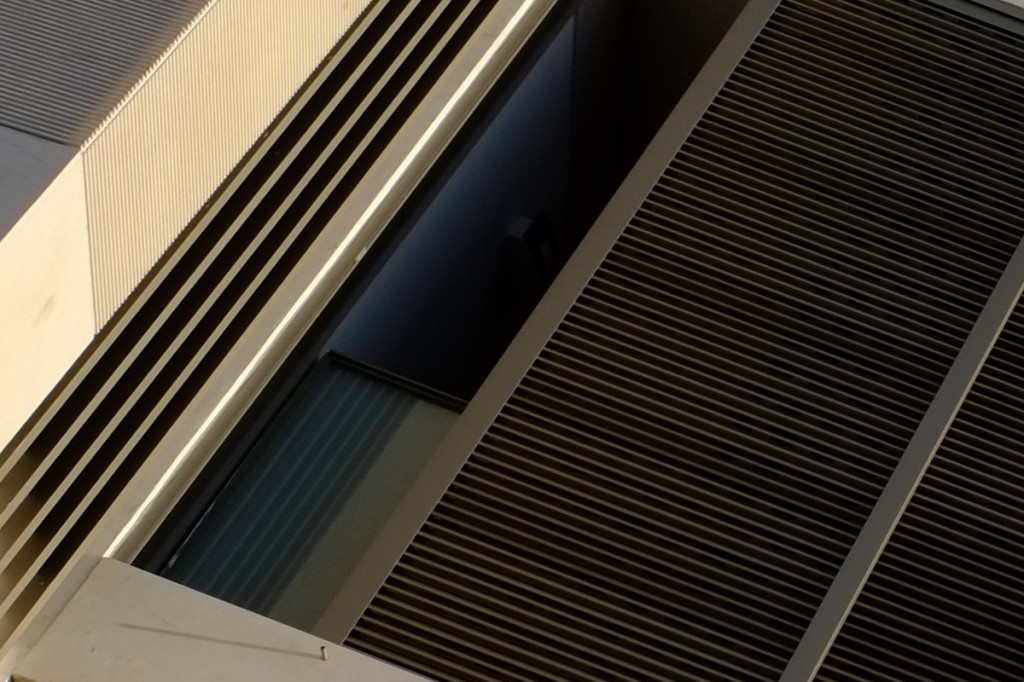
Would I recommend it? Absolutely. In fact, I got one.
I must say that Fuji has an incredible implementation for an APS-C sensor camera. Noise is on par with my full frame cameras; and much, much better than the APS-C DSLRs I’ve used. I’m still not convinced that Micro Four Thirds is a system I’d bet any money on, given its sensor size. Sony, on the other hand, has shown some incredible results with their Alpha 7 full frame cameras. While speed and the focusing aren’t yet on par with the DSLRs, the way this segment has evolved in the past few years makes me think mirrorless systems – lighter, smaller and less expensive, while delivering excellent image quality – will take a fair share of the market, even for professional use.
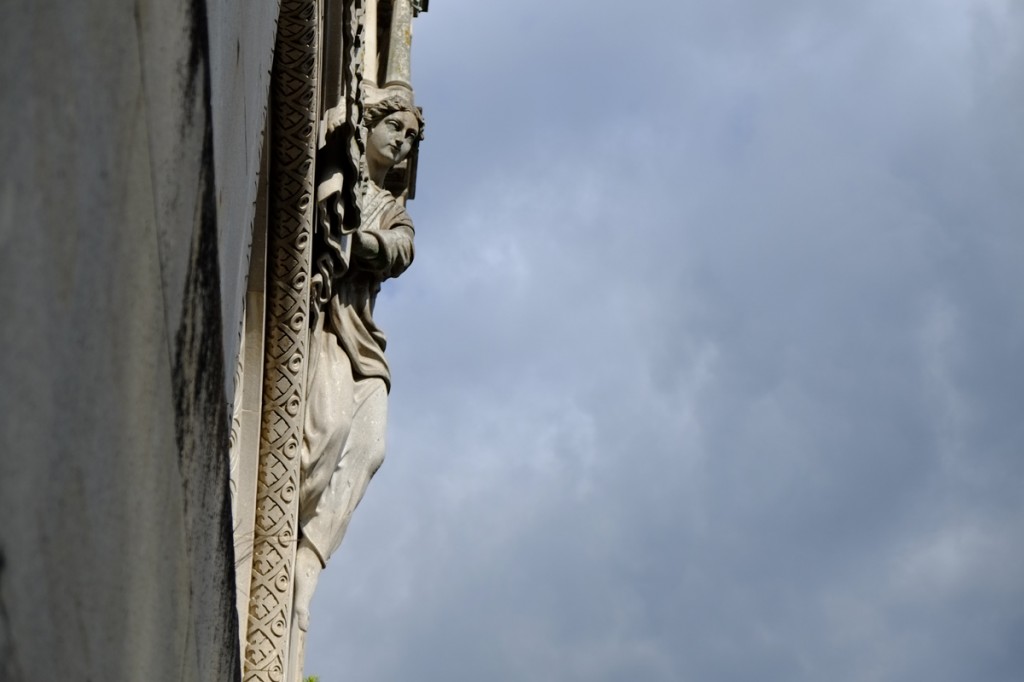
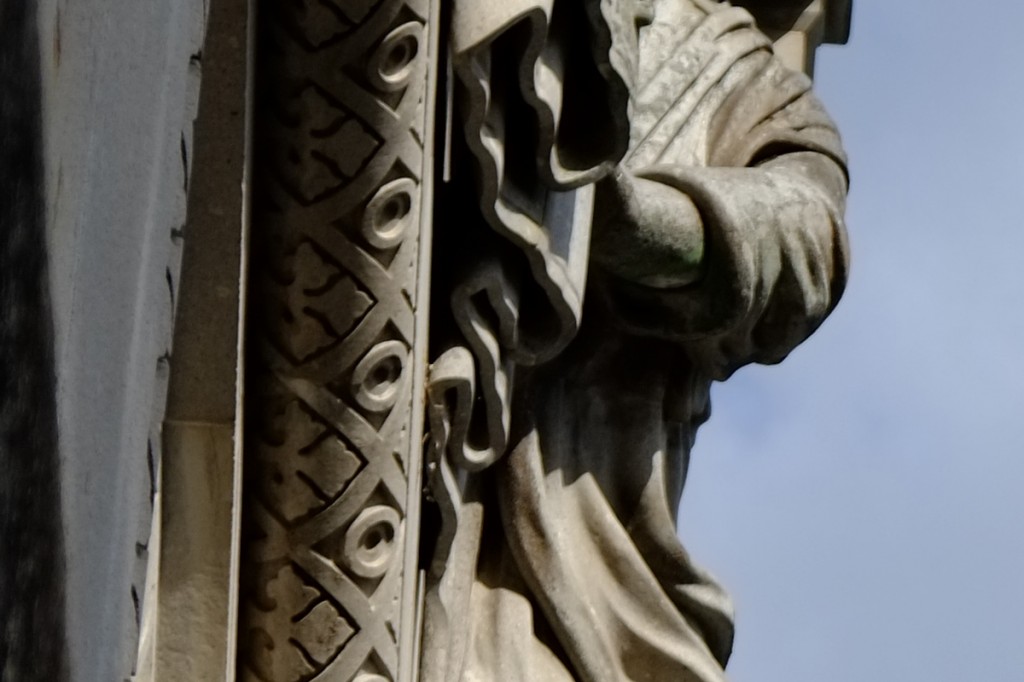
Have you tried any mirrorless systems? What’s your take on it? Please share any thoughts or questions in the comment section below.

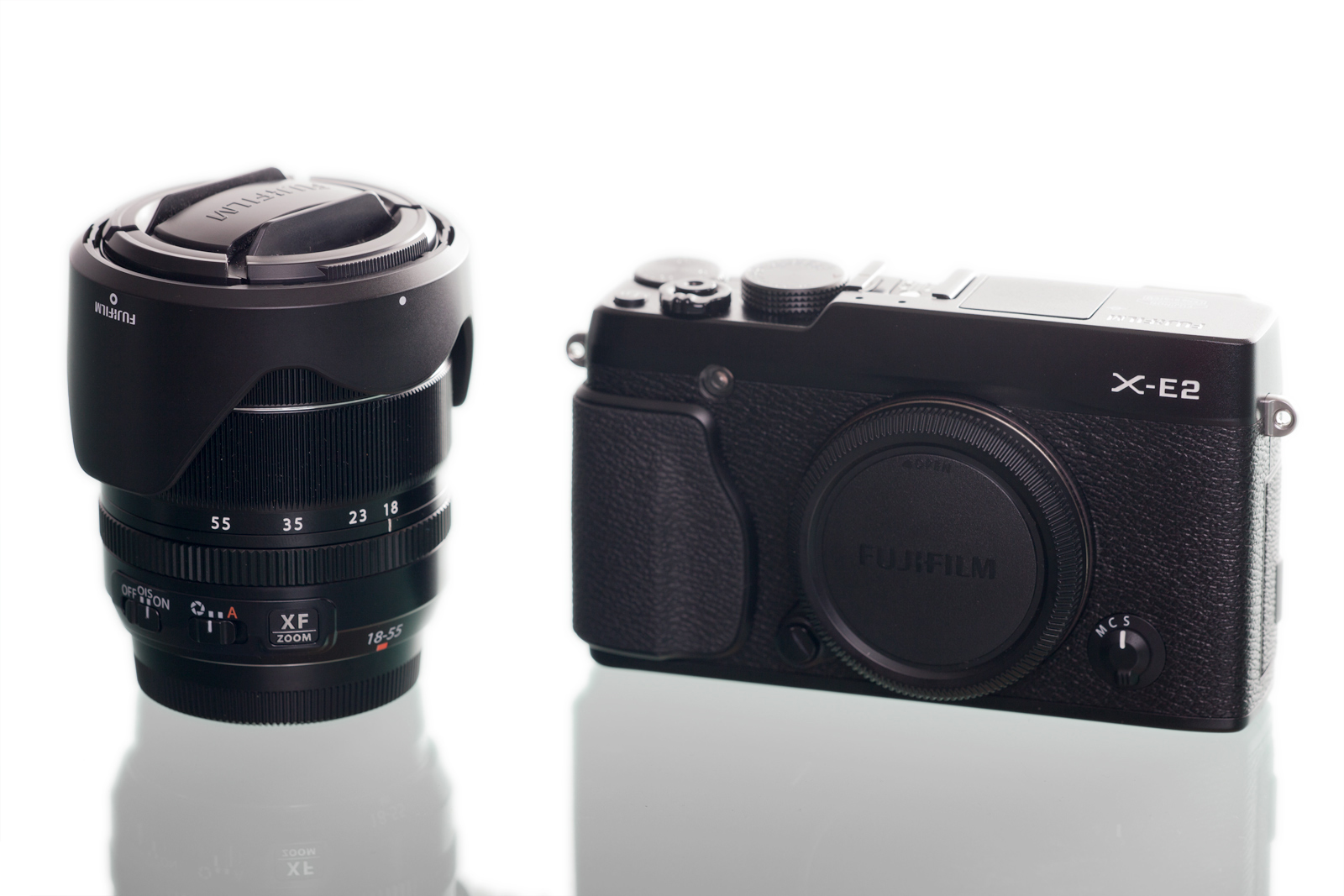

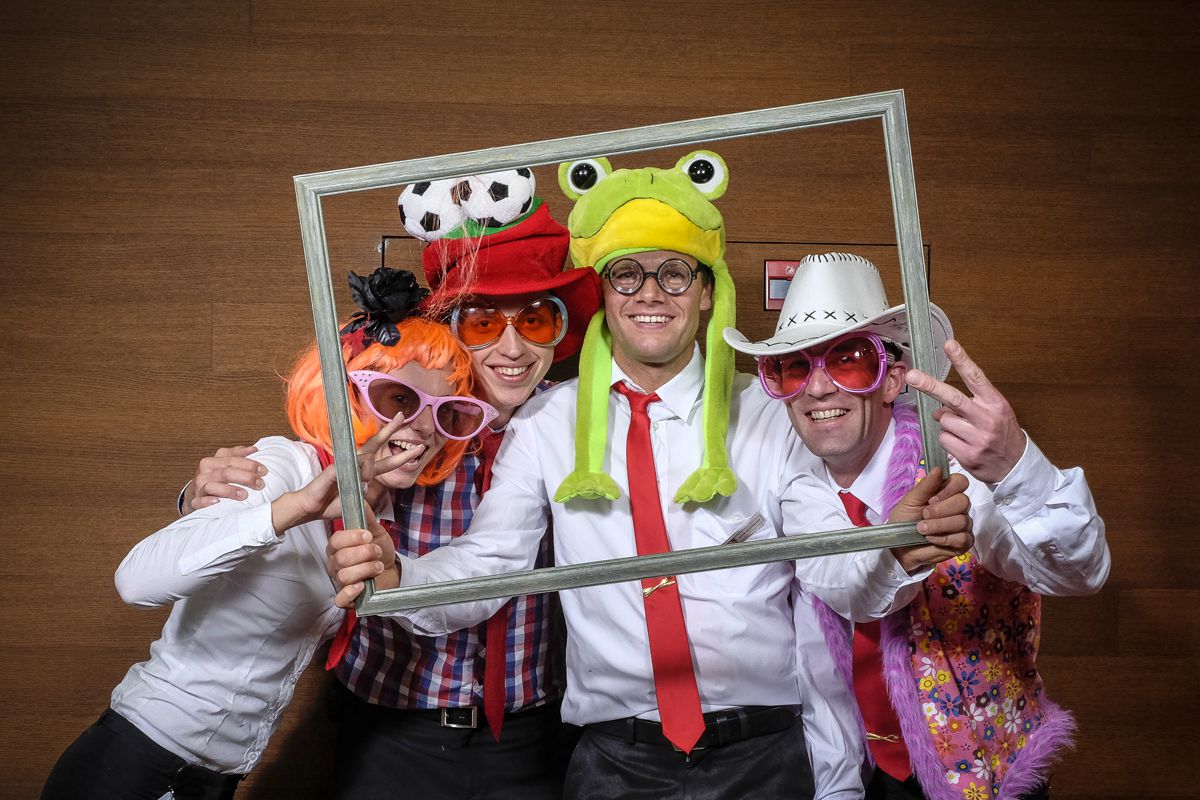
2 thoughts on “Fuji X System Hands-on : The Fuji X-E1”
Gostei muito.
Abraço.
Zacarias